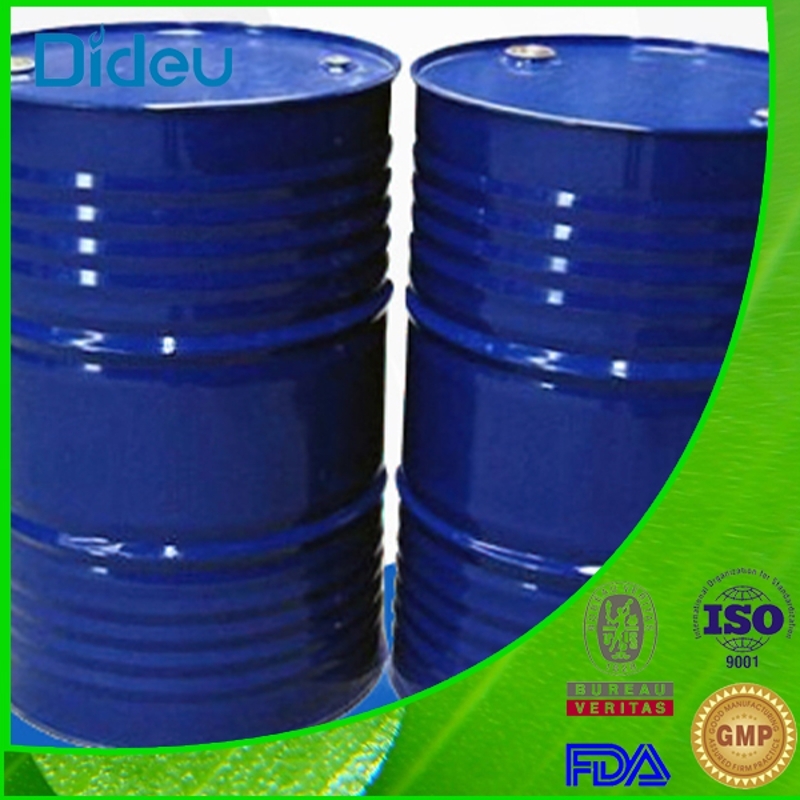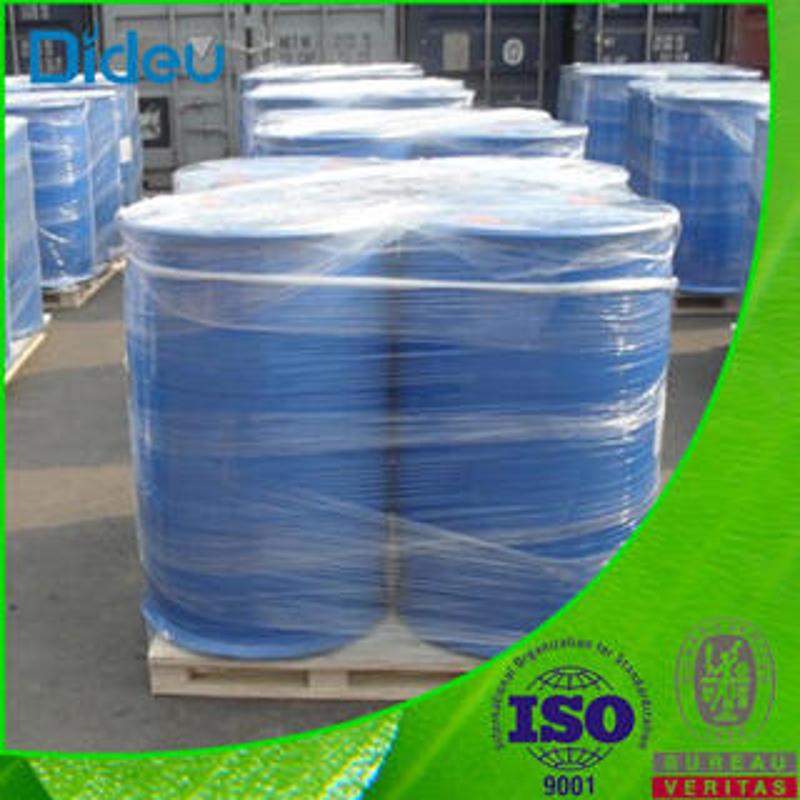-
Categories
-
Pharmaceutical Intermediates
-
Active Pharmaceutical Ingredients
-
Food Additives
- Industrial Coatings
- Agrochemicals
- Dyes and Pigments
- Surfactant
- Flavors and Fragrances
- Chemical Reagents
- Catalyst and Auxiliary
- Natural Products
- Inorganic Chemistry
-
Organic Chemistry
-
Biochemical Engineering
- Analytical Chemistry
-
Cosmetic Ingredient
- Water Treatment Chemical
-
Pharmaceutical Intermediates
Promotion
ECHEMI Mall
Wholesale
Weekly Price
Exhibition
News
-
Trade Service
2 Results and Discussion
2.1 Material Structure Characterization
Scan electron microscope photo of the carbon nanotube selected for the thermal coating is shown in Figure 2, as shown in Figure 2a, the original powder presents a entangled reunion state, through the high Multiply scanning electroscope observation (Figure 2b) can be found that a large number of carbon nanotubes gathered, tube diameter of about 20 to 40 nm, and did not obviously find a large number of catalyst particles, it can be seen that the carbon nanotubes themselves have a high purity, no further purification can be used directly.As shown in Figure 3a, al2O3 powders are heavily reunited and bonded, showing similar sintering characteristics, with an average diameter of about 500 nm, and as shown in Figure 3b, AlN powders are irregular polyheddrial forms with an average diameter of 1 to 5 s. As shown in Figure 3c, the BN presents a typical sheet structure, with a large number of particles stripped into thin flakes with an average diameter of about 500 nm to 1 m, and as shown in Figure 3d, the SiC particle size is uniform, with an average particle size of about 500 nm. The crystalline structure of the thermal filler powder is further analyzed by X-ray diffraction, and the XRD map is shown in Figure 4.can be seen by Figure 4, the selected inorder powder has a good crystallization state, no obvious impurities exist. From its characteristic diffraction peak, it can be found that Al2O3 is the alpha phase, AlN is the zinc type, the BN is the six-square phase, and SiC is the alpha phase.
2.2 Infrared radiation thermal evaluation
nano carbon thermal coating is based on the carbon nanotube thermal conduction network and its own advantages of high infrared radiation rate, through infrared radiation to quickly release heat. Figure 5 shows the temperature difference test heating curve of the homemade UT2001 thermal coating. As can be seen from Figure 5, the temperature of the sample coated with UT2001 is significantly lower than that of the uncoated blank sample at the same heating power and atmospheric environment. The temperature is basically stable after 20 min, and the temperature difference between the two can be used as a criterion to evaluate the cooling capacity of thermal coatings. In subsequent studies, heat-conducting fillers were added based on the UT2001 thermal coating formulation system and the temperature difference between the two was read after 20 min.6 shows the temperature difference and the change curve of the infrared radiation rate of the thermal coating filled with thermal fillers at different additions. As shown in Figure 6a, when Al2O3 is used as a thermal filler, with the increase of Al2O3 addition, the temperature difference and infrared radiation rate of thermal coatings show a continuous downward trend, it can be seen that Al2O3 is not suitable for use as thermal conductive fillers for thermal coatings; As shown in 6b, after the addition of AlN, the thermal capacity and infrared radiation rate of the thermal coating are significantly improved, after a small amount of addition, the temperature difference rises rapidly and then enters a slow-rising platform area, when the AlN addition is 20%, the temperature difference is increased to 13 degrees C, infrared radiation rate of 0.943, as shown in Figure 6c, when using BN as a thermal filler, the cooling capacity of the coating shows a trend of first increase and then decrease, a small amount of addition can significantly improve the cooling capacity of the coating, if further increase its addition, the paint dispersion There was no significant change in thermal capacity, and when the amount of heat added exceeded 15%, the cooling capacity of the coating began to decrease and its infrared radiation rate continued to decline; And the maximum value is reached when the SiC addition is 20%, at which point the temperature difference reaches 14.3 degrees C, which is 4 degrees C higher than the UT2001 thermal coating without heat-conducting fillers. When the SiC is added at 15%, the infrared radiation rate of the coating reaches a maximum of 0.955.Because infrared radiation cooling coating is a functional coating affected by many factors, the thermal conductivity and infrared radiation rate of the coating are the two most important performance indicators, which determine the rapid transmission and release of coating heat. The addition of thermal fillers to nano-carbon thermal coatings will not only improve the thermal conductivity of the coating, but also affect its infrared radiation rate. Theoretically, due to the low thermal conductivity of Al2O3 itself, coupled with its negative effect on infrared radiation rate, the overall performance of the coating after the addition of Al2O3 decreased, showing a decrease in temperature difference and infrared radiation rate. Both AlN and BN have high theoretical thermal conductivity, especially in the six-party BN with in-chip thermal conductivity of up to 600 W/m. K). However, inside the coating, the addition of BN flaky particles is constructed as a flat thermal channel, the thermal conductivity between the flakes is not high, and the BN chip crystal has a strong infrared reflectivity, resulting in the coating infrared radiation rate with the increase of its addition continued to decline. The addition of BN flaky particles brings about an increase in thermal conductivity and a decrease in infrared radiation, in a small number of additions to the BN, thermal conductivity increase on the coating cooling capacity of the improvement of the dominant, so that the temperature difference can rise rapidly. However, with the further increase of BN addition, the factor of infrared radiation rate decrease dominates, resulting in a rapid decline in coating thermal performance. In contrast, AlN and SiC have a positive effect on the increase of thermal conductivity and infrared radiation rate, although AlN has a higher theoretical thermal conductivity than SiC, but the construction of thermal conductivity network is related to volume fill rate, in the case of adding the same mass percentage, because the sub-micron-scale SiC particles selected in this study have a higher volume fill rate than micron-scale AlN particles, the resulting thermal conductivity network is more effective. At the same time, because AlN's effect on infrared radiation rate increase is not as significant as SiC, so the use of sub-micron scale SiC as a thermal filler, can obtain better thermal performance. In order to further verify the effect of coating thermal conductivity on its thermal performance, laser thermal conductor testing is carried out on the optimal formulation system of various thermal fillers. Table 2 is a comprehensive performance indicator for coating after adding thermal fillers.visible by Table 2, the heat dissipation capacity of thermal coatings can be significantly improved by selecting the appropriate thermal filler.3 Conclusion
Studies the effect of different thermal conductive fillers and their additions on the thermal dissipation performance of thermal coatings, and the results show that the thermal conductivity of coatings can be improved by adding thermal conductive fillers to carbon nanotube thermal coatings, but the thermal properties of coatings are not consistently improved due to the different effects of different fillers on the infrared radiation rate of the coating. The study found that Both AlN and SiC had a positive effect on both the thermal conductivity and infrared radiation rate of the coating, especially with siC on the submicrine scale as a filler, and when the amount added was 20%, the thermal temperature difference of the coating increased significantly, which was 4 degrees C higher than before the filler was added. This improvement is due to the synergy between the construction of an effective thermal conductivity network and the increase in infrared radiation rates, while improving the thermal conduction and thermal radiation capabilities of the coating..






